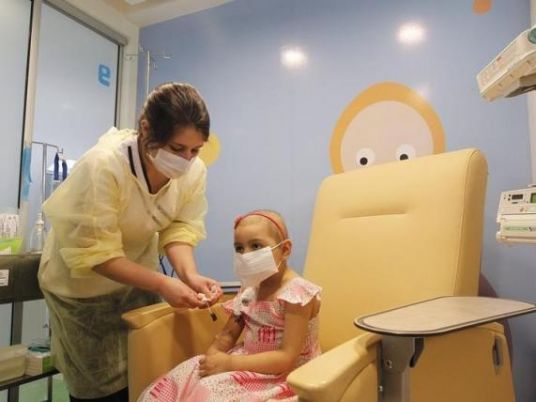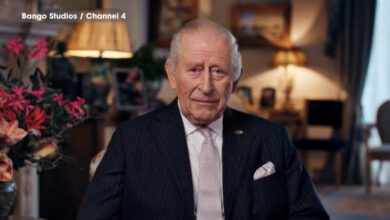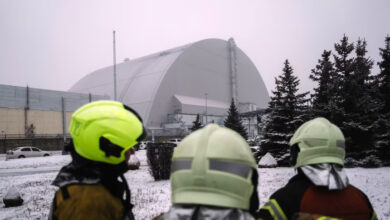
Most doctors did not discuss the cost of cancer treatment with patients, spent less than two minutes on it when they did, and usually did so only after patients brought it up, a study that taped hundreds of visits at several large hospitals finds.
Cancer patients are three times more likely to declare bankruptcy than people without cancer are, but many doctors are not having the conversations that might help prevent this and sometimes don’t know the cost themselves, the results suggest.
“That would not occur in any other industry I can think of” where a service or product is sold, said the study leader, Dr. Rahma Warsame of the Mayo Clinic.
Results were released Wednesday by the American Society of Clinical Oncology and will be discussed next month at its annual meeting in Chicago.
The study has some limitations — it’s not nationwide, and it includes newly diagnosed patients, where cost is most likely to come up, as well as others further along in treatment who may have discussed this earlier.
But the larger point is clear, Warsame said: The “financial toxicity” of treatments that can cost more than $100,000 a year is growing, and talks about that aren’t happening enough.
“I’ve had people say ‘no’ to really life-extending therapies” because of worries about bankrupting their family, she said.
For the study, researchers taped 529 conversations between doctors and patients with various types of cancer at three outpatient clinics — the kind of places chemo often is given — at Mayo, Los Angeles County Hospital and the University of Southern California’s Norris campus in Los Angeles.
Patients and doctors knew they were being taped but didn’t know why. Cost came up in 151 of the visits. Patients brought it up in 106 cases and doctors did in 45.
Appointments lasted about 15 minutes on average at the two California hospitals and half an hour at Mayo, but cost discussions ran only one to two minutes when they occurred at all.
Even when doctors acknowledged a cost concern, they rarely acted on it. Only six patients were referred to social services to seek help with affording care.
“Maybe a lot of patients don’t know to ask questions” about cost, said Karla Mees, 63, a nursing instructor from Rochester, Minnesota, who was treated for breast cancer at Mayo Clinic.
Doctors warned her in advance that she might have to pay $4,500 for gene tests on her tumor to help determine care, but she never knew how much chemo and radiation would cost until the bills came.
“I just remember thinking, ‘I need the stuff, I’ll worry about payment later,’” she said, thankful that her insurance capped her annual out-of-pocket costs at $2,500.
Doctors also may be reluctant to talk money and have to give medical issues top priority in the short time they have during patient visits, said Dr. Lowell Schnipper, a cancer expert at Boston’s Beth Israel Deaconess Medical Center and head of the cancer group’s panel on value in cancer care.
“Most of us are not very well skilled in bringing it up,” he said. “In school you’re trained to simply take the best care you can of your patient and not worry about anything other than doing exactly that.”
In 2015, the cancer society launched a tool to help doctors and patients decide whether a cancer drug is worth it — the amount of benefit it gives versus its cost. It’s a good starting point for money talks, he said.
Report by Marilynn Marchione; AP




